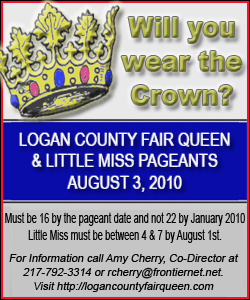| ||||||||||
| ||||||||||
In some of those states, elections officials try to protect ballot secrecy by merging small precinct voting results. In most states, voters retain their privacy because the results from absentee or early ballots are folded into precinct totals for other votes, or absentee ballot results are aggregated in a separate precinct within a county. However, the potential for ballot secrecy problems could grow. Kimball Brace, president of Washington-based consulting firm Election Data Services, said redistricting demands may prompt more states to consider detailed breakdowns of election results. "I think you'll find with this round of redistricting, this issue will be revisited," said Brace. New Mexico has tried to provide ballot safeguards. A 2007 law directs the secretary of state to ensure precinct-level election returns don't breach ballot secrecy. But Denise Lamb, who runs the Santa Fe County bureau of elections, has filed a complaint with the New Mexico attorney general's office contending the state has failed to implement any protections. "It's a violation of the Constitution. We have a constitutional right to the secret ballot," said Lamb. Besides the hundreds of single-vote precincts in New Mexico's June primary, there were dozens with two, three or some other small number of voters. It's possible to know how those people voted if all the individuals supported the same candidate in any given race. That's the case for Santa Fe retiree Robert Hanagan and his wife, Nancy. They were the only voters to cast absentee ballots in their precinct. "I find it appalling that there is some way to identify how I voted. I don't think it's anybody's damn business," he said when told by the AP how public records make it possible to know his vote.
[Associated
Press;
Copyright 2010 The Associated Press. All rights reserved. This material may not be published, broadcast, rewritten or redistributed.

News | Sports | Business | Rural Review | Teaching & Learning | Home and Family | Tourism | Obituaries
Community |
Perspectives
|
Law & Courts |
Leisure Time
|
Spiritual Life |
Health & Fitness |
Teen Scene
Calendar
|
Letters to the Editor